Reportar esta entrada
Más sobre la misma comunidad-colección
El Paso Electric Early Marketing Days
Sale of electric irons and ironing tables in 1940's for $7.65, ...
El Paso Electric Sponsored Safeway Cooking Classes
El Paso Electric Company sponsored Safeway cooking classes on ...
EPIA Control Tower Under Construction
In 1968, El Paso International Airport opened the nation’s ...
Air Traffic Control Tower Under Construction c.1968
Air Traffic Control Tower Under Construction c.1968
Air Traffic Control Tower Under Construction c.1968
Air Traffic Control Tower Under Construction c.1968
El Paso Sheriff's Posse and the 2014 Walk-A-Mile Event
The El Paso Sheriff's Posse men support the Walk-A-Mile In her ...
EPMH Volunteer and Staff giving out balloons
Lisa and Esther giving out balloons for the opening of Digie
Cutting of the Ribbon at Digie Grand Opening
Digie" is the new Digital Information Gateway, or an interactive ...







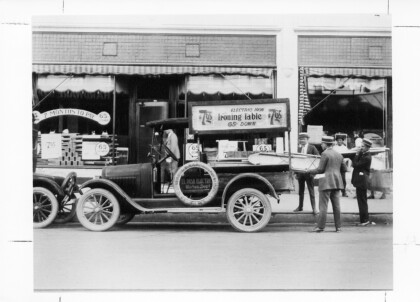

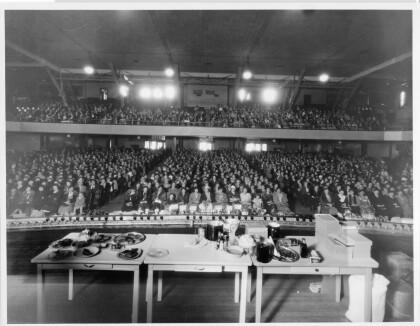
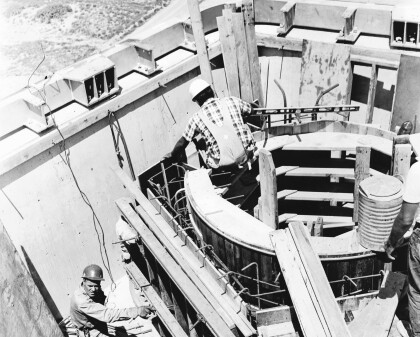
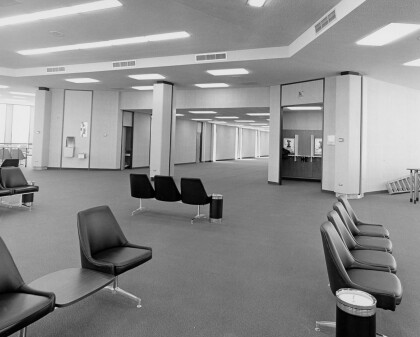
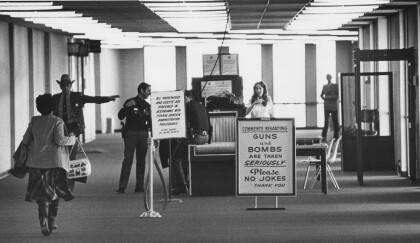
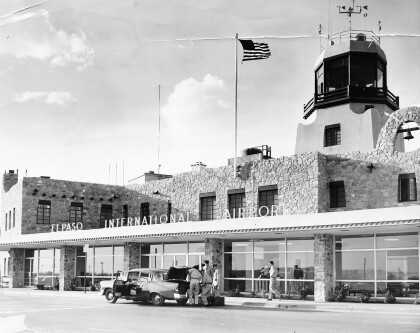
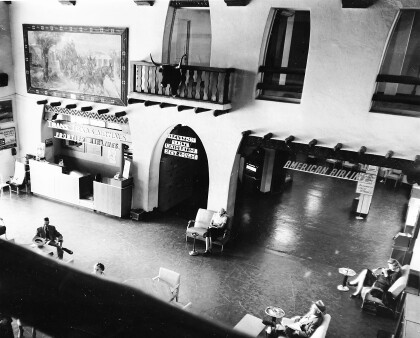
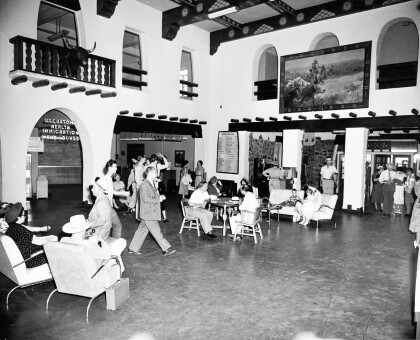
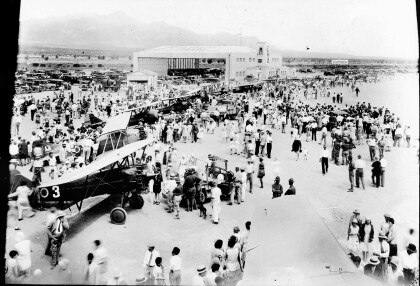
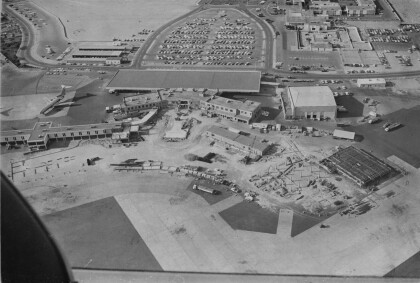
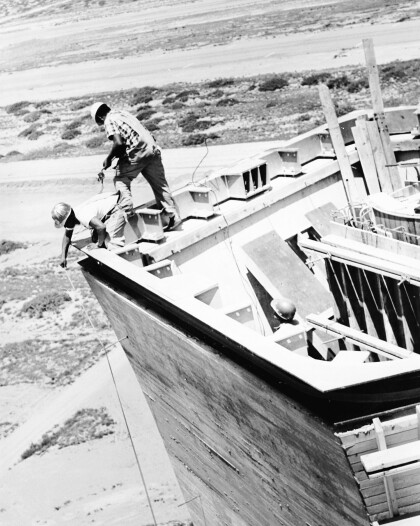
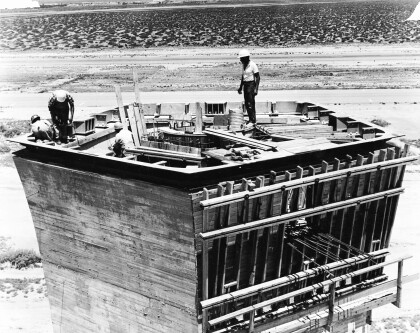

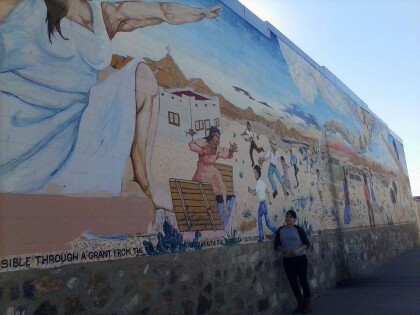

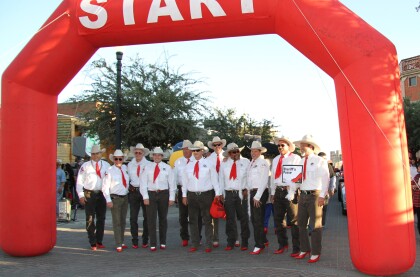
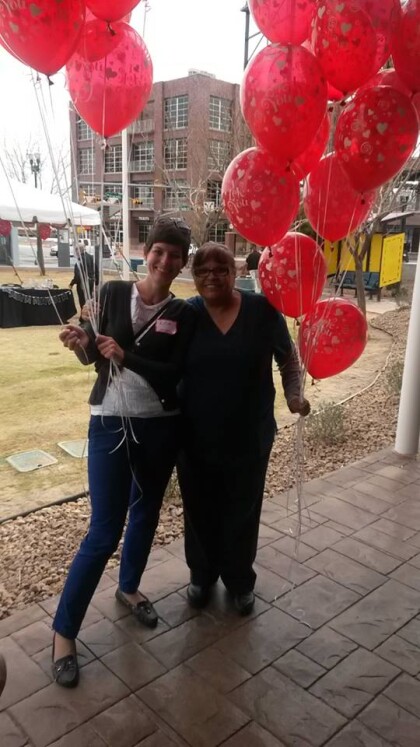
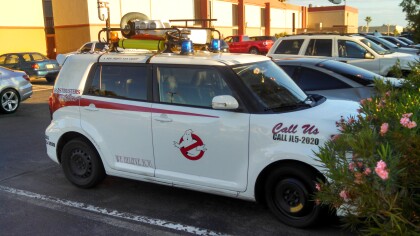

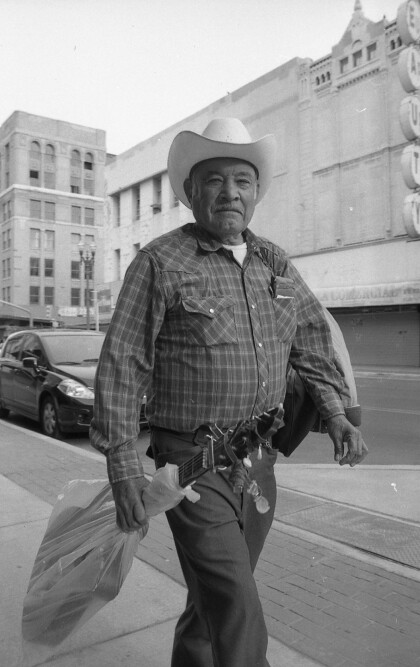
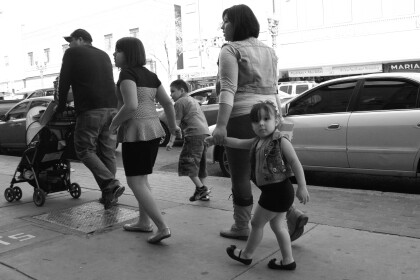

Comentarios
Hacer un comentario